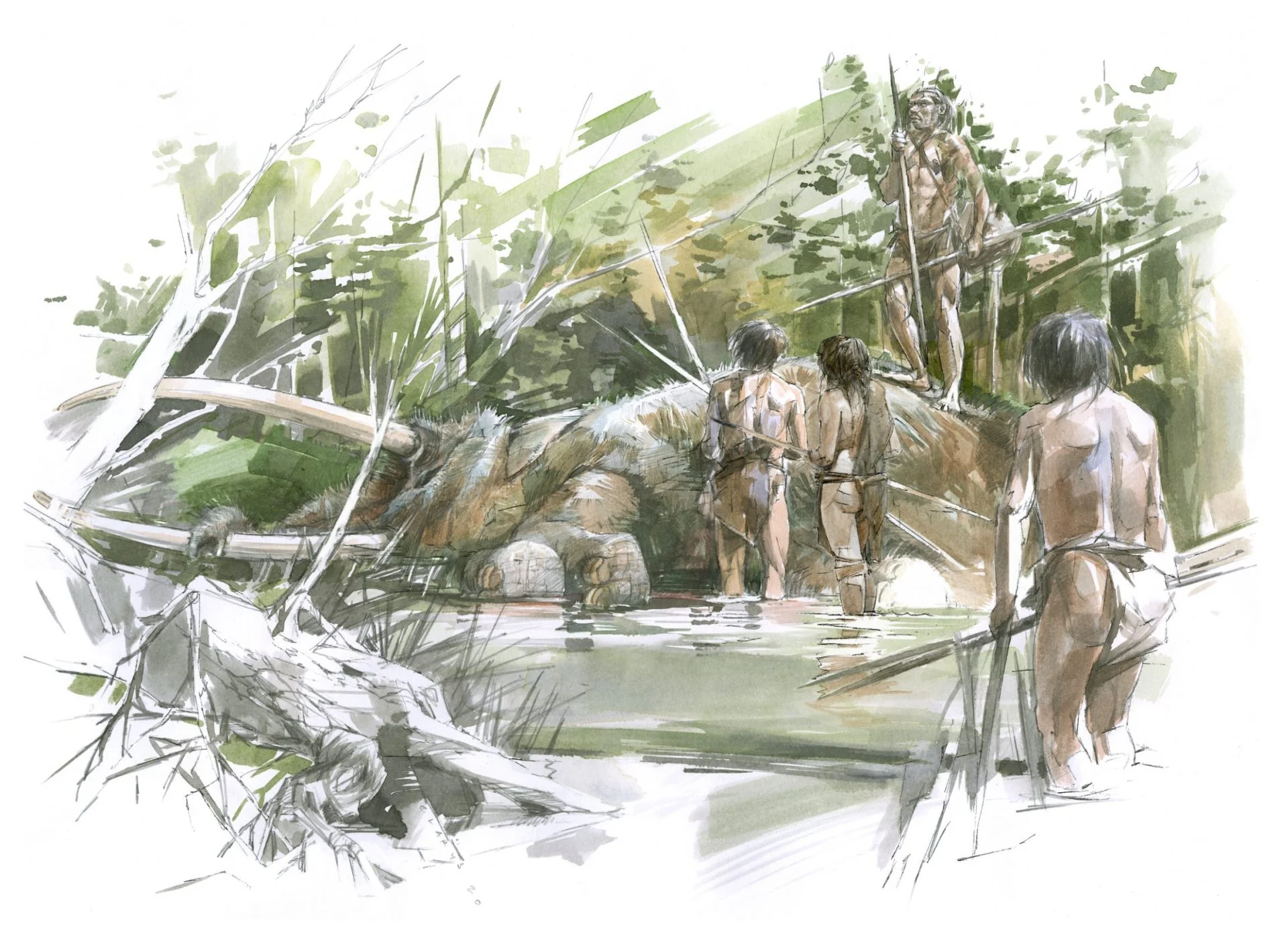300,000 years ago, during the Lower Palaeolithic, prehistoric people living in Lower Saxony, Germany, dropped tiny flint flakes whilst re-sharpening cutting tools.
The flint flakes were discovered at the site of Schöningen, giving researchers new insights into how wood was processed by early humans.
A team, led by the University of Tübingen and the Senckenberg Centre for Human Evolution and Palaeoenvironment (SHEP), has analysed 57 flakes and three bone implements, discovered alongside the skeleton of a Eurasian straight-tusked elephant.
Tübingen researcher Flavia Venditti said: “Through a multidisciplinary approach that included technological and spatial analysis, the study of residues and signs of use, and methods of experimental archaeology, we were able to obtain more of the Stone Age story from these stone chips. The small flakes come from knife-like tools, they were knocked off during re-sharpening.”
15 flakes show evidence of woodworking – “Microscopic wood residues remained attached to what had been the tool edges,” Venditti says. In addition, micro use-wear on a sharp-edged natural flint fragment proved that people used it to cut fresh animal tissue. “Probably this flint was used in the butchering of the elephant,” she says.
These results are further evidence of the combined use of stone, bone, and plant technologies 300,000 years ago, as has been documented several times in Schöningen, Venditti says.
Professor Nicholas Conard from Tübingen and head of the Schöningen research project emphasizes that “this study shows how detailed analyses of traces of use and micro-residues can provide information from small artifacts that are often ignored. This is the first study to produce such comprehensive results from 300.000 years old re-sharpening flakes. The prerequisite for this kind of research is that the artifacts are handled with extreme care from excavation throughout the analyses.”
Header Image Credit : Benoît Clarys







